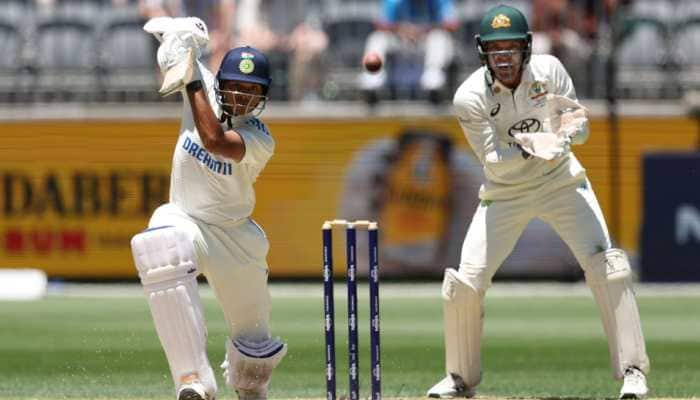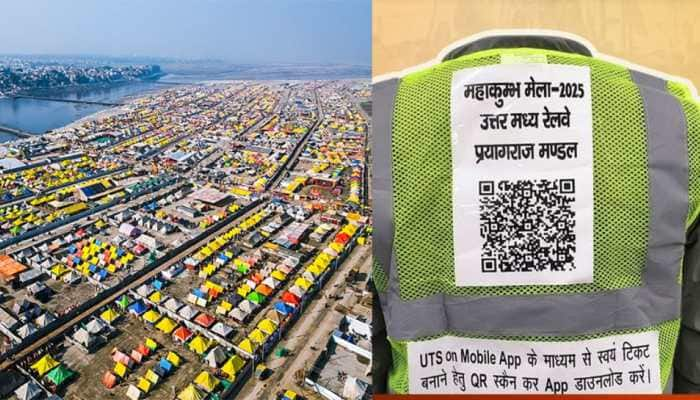Delhi air turns toxic: Causes, effects and what you need to do
On Tuesday, the city woke up enveloped in a thick blanket of smog accompanied by reports of air quality dipping further to 'severe' levels.
Trending Photos
)
New Delhi: Delhi-NCR has been choking on toxic air for the past few months. While pre-Diwali air was already on edge, celebrations despite the firecracker ban tipped it over the 'very poor' level.
Just a few weeks later, the air quality deteriorated further due to unabated crop burning practices in Haryana and Punjab, despite green bodies pulling up the state governments to administer strict monitoring.
On Tuesday, the city woke up enveloped in a thick blanket of smog accompanied by reports of air quality dipping further to 'severe' levels.
Delhi's average air quality index on Tuesday was 411 at 9:00 am. As per the Indian Meteorological Department (IMD), visibility also took a plunge and it was way below 200 metres.
According to the Central Pollution Control Board, individual stations in Delhi-NCR recorded AQIs as high as 446 at 9:30 am.
Out of 19 monitoring stations in NCR, 12 recorded severe air quality. The lowest AQI was in Gurugram at 357 at 9:30 am, which is classified as very poor.
The Indian Medical Association (IMA) also declared a public health emergency and wrote to the government to cease all outdoor activities and stop sports activities in schools. They also warned residents against venturing outdoors.
Air pollution in India is turning out to be a downright menace with pollutants in the air becoming more and more aggressive with each passing day. As the national capital region witnesses an increased toxicity in the air, it is gradually enlarging the radar of threat upon the population.
With visibility down and residents gasping for breath, it is important to understand what smog is, its causes and effects and what one can do to avoid falling sick.
What is smog?
Smog is a form of air pollution. It is a mixture of smoke and fog and refers to smoky fog, its opacity, and odour. This kind of visible air pollution is composed of nitrogen oxides, sulphur oxides, ozone, smoke or particulates among others (less visible pollutants include carbon monoxide, CFCs and radioactive sources).
Human-made smog is derived from coal emissions, vehicular emissions, industrial emissions, forest and agricultural fires and photochemical reactions of these emissions.
What are its causes?
The national capital shares it’s borders with farming states like Haryana and Uttar Pradesh, therefore, one of the main reasons why Delhi is experiencing such high pollution levels is due to crop burning, lit garbage and road dust.
Secondly, despite the ban, there were many areas in Delhi-NCR where people burst firecrackers, which has added to the smog build-up.
The vehicular pollution caused by cars, trucks, buses and industrial pollution combined adds up and creates unsuitable living conditions. This is the second time this year that Delhi is experiencing such high pollution levels.
However, while the winter season sets in, the pollution and dust particles in the air are not able to escape from the atmosphere due to stagnant winds.
What are its effects?
According to the Environmental Protection Agency (EPA), it can be dangerous to breathe in too much smog.
Smog contains a pollutant called ozone, and elevated ozone levels can have a variety of negative effects on your lungs.
Exposure to smog can lead to several different types of short-term health problems. These include:
- Coughing and throat or chest irritation: High levels of ozone can irritate your respiratory system, generally lasting for a few hours after you’ve been exposed to smog. However, ozone can continue to harm your lungs even after symptoms disappear.
- Worsening of asthma symptoms: If you suffer from asthma, exposure to high levels of ozone from smog can trigger asthma attacks.
- Difficulty breathing and lung damage: Smog can make it feel difficult to inhale deeply, especially during a workout due to reduced lung function, according to the Mayo Clinic.
Overall, smog can cause or aggravate health problems such as asthma, emphysema, chronic bronchitis and other respiratory problems as well as eye irritation and reduced resistance to colds and lung infections.
The ozone in smog also inhibits plant growth and can cause widespread damage to crops and forests.
What can you do to protect yourself?
- Your first priority is to be informed about the ozone levels in your area
- If you are a member of a sensitive group, avoid prolonged outdoor exertion. Everyone else —especially children—should limit prolonged outdoor exertion.
- Plan outdoor activities when ozone levels are lower.
- Keep your activities gentler on smoggy days, as the more vigorous your activity level, the greater your chances of experiencing respiratory problems.
- Most importantly, your best protection is monitoring your contribution towards air pollution through steps like conserving energy, car-pooling or using public transport whenever possible, etc.
These simple steps can help protect you and your family on smoggy days, whether you live in a major city or you’re just passing through.
Stay informed on all the latest news, real-time breaking news updates, and follow all the important headlines in india news and world News on Zee News.
Live Tv







)
)
)
)
)
)
)
)
)
)
